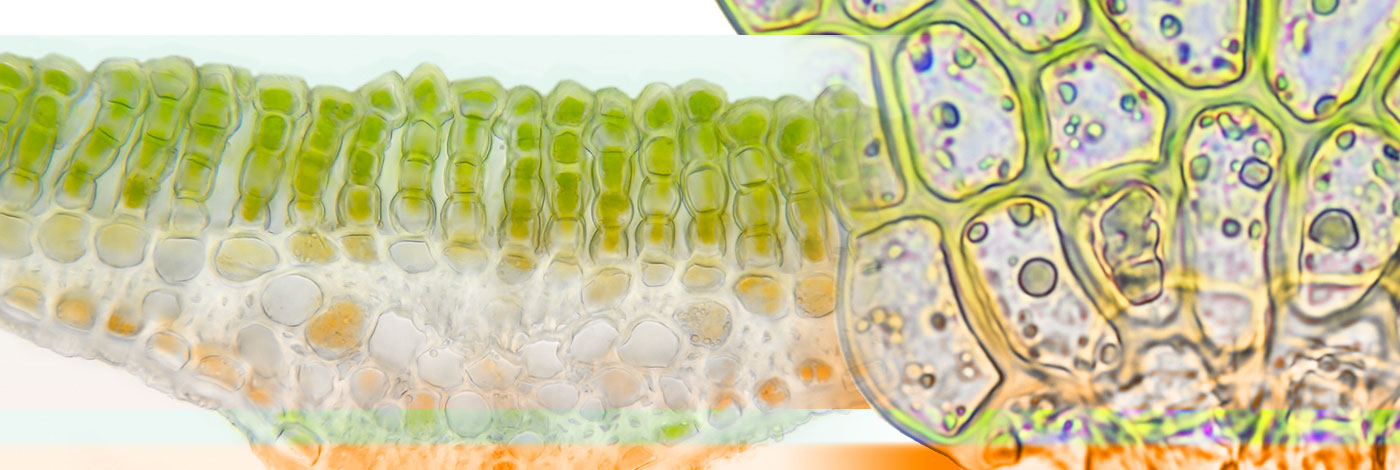
 Cryptogamie, Bryologie
33 (2) - Pages 169-184
Cryptogamie, Bryologie
33 (2) - Pages 169-184The effects of enhanced UV-B radiation on UV-absorbing compounds (UVAC), the maximum quantum yield of photosystem II (Fv/Fm), DNA integrity, and the sclerophylly index, were analyzed in the mosses Bryum pseudotriquetrum and Fontinalis antipyretica. The study was performed for 31 days under laboratory conditions. Enhanced UV-B increased the bulk level of the vacuolar soluble UVAC (SUVAC) in both mosses and the concentration of two different soluble kaempferols in B. pseudotriquetrum. However, enhanced UV-B had no effect on the bulk level of cell wall-bound insoluble UVAC (WUVAC) in both mosses and the concentration of insoluble p-coumaric acid in F. antipyretica. Thus, the insoluble fraction would be less UV-B-responsive than the soluble one. This probably happened because (1) the constitutively high bulk level of WUVAC (and noticeably higher than that of SUVAC) would already provide a sufficiently effective protection; and (2) WUVAC would be relatively immobilized in the cell wall, which would limit the reaction capacity of these compounds to UV-B. The protective mechanisms developed by both mosses could not totally prevent UV-B damage, which was indicated by the modest decrease of Fv/Fm and the increase in DNA damage. We discuss the ecological and phylogenetic implications of the differences in UVAC compartmentation between liverworts and mosses.